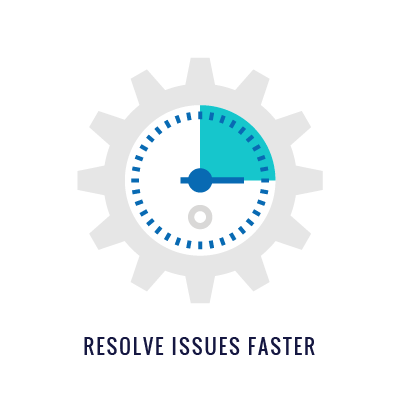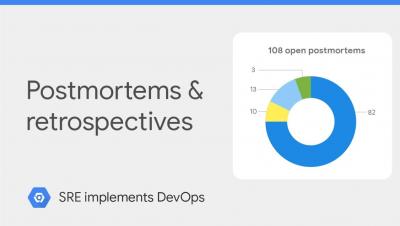Operations | Monitoring | ITSM | DevOps | Cloud
Alerting
Resolve Issues Faster Every Time
Accelerating Incident Response
PagerDuty on PagerDuty
Four Ways to Adapt ITSM to an Agile World
The transition to Agile development and continuous deployment has resulted in the DevOps movement to break down organizational walls. While there are many benefits to this approach, some best practices of traditional IT Service Management (ITSM) have been lost in the transition. Which ITSM processes and controls are still relevant and how can you adapt them to the new agile world?
Another Journey of Chaos Engineering
How StatusHub Complements and Extends Your Incident Management Process?
Although the main focus of StatusHub is incident communication, it compliments each 5 activities of Incident Management: Identification, Categorization, Prioritization, Response and Communication with the user community through the life of the incident.
Postmortems and Retrospectives (class SRE implements DevOps)
Overrides, the Most Human Feature in PagerDuty
If you’ve ever been on call, you know that the incidents don’t stop because you have the flu. Or when you’re attending your child’s high school graduation. Or, as I found out firsthand, even when you’re at your own wedding. Confucius once said, “If you have never had a major occasion happen while you are on call, then you may not have ever lived.” (Okay, I totally made that one up.)
It's Time to Start Talking about Digital Operations
IT operations teams have some of the most stressful jobs in IT. Keeping data centers online, servers running, enterprise systems functioning, and applications performing — all while responding to incidents and requests is hard work. While there are monitoring systems in place to provide visibility and change management practices give IT some control over the network and environment, IT operations teams constantly feel like they are fighting a losing battle.











